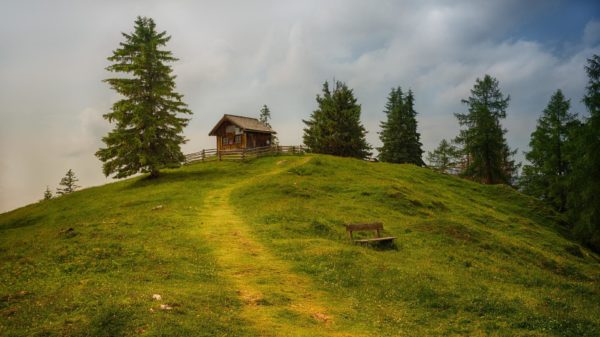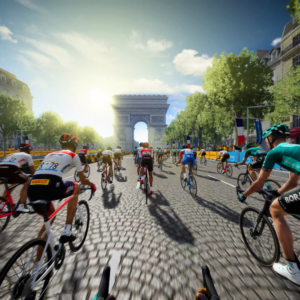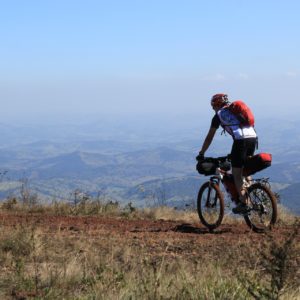FROM CITY RUNNING TO TRAIL RUNNING: 5 ADVICE FROM THE PROFESSIONAL TRIATHLETE LUKAS HOLLAUS
More and more people these days are acquiring a passion for running off the beaten track. This is better known as trail running: cross-country runs, often across broken and steep terrain. It’s undoubtedly a challenging sport, but one rewarded by wonderful views and breathtaking landscapes.
Austrian professional triathlete Lukas Hollaus explains how to successfully make the transition from city running to trail running, with useful advice on running techniques and the most suitable equipment.
Equipment: what do I need?
Walking, running, trail running: these days there’s the right shoe for each type of activity. “Basically it’s not a bad idea to invest in shoes made specifically for trail running, because when you’re going up and downhill the strain on your feet is not like in the city”, explains Lukas Hollaus. “You need more of a grip to avoid slipping on steep slopes or in the rain”. Beginners can make their first attempts at trail running wearing normal running shoes. For experienced runners, though, this professional triathlete recommends specialist equipment.
Running technique: what do I have to pay attention to on the ground?
When you’re trail running it’s essential to focus above all on variations in the terrain under your feet. “Compared to road running your stride needs to be shorter, minimising your contact with the ground”, says Hollaus. “It’s also important not to run with the upper part of your body too far back”. Stones and roots can serve as springboards and help give you impetus as you run. The constant changes in pace and the need to overcome obstacles are a real cure-all for the muscles. “Trail running is a great workout for the whole body and also makes jogging in town seem easier,” says Hollaus.
Running poles: are they really any use?
If you want to increase the effectiveness of working out, running poles are recommended – although they may feel strange at first. “Running poles are useful when you’re going downhill”, says the running expert from Zell am See. “Another advantage, especially for beginners, is over steep terrain: they help reduce the effort of running both uphill and downhill”, he continues. Using the right technique is essential: achieving the right frequency and backward thrust can be a challenge at first, but with a little practice poles are a useful and stimulating training accessory.
Where can I run?
Running distances and times are of secondary importance in trail running, which stands out as a combination of a sport and an outdoor experience. City runners, in particular, should first experiment with trails that are not too technically demanding, that do not present an excessive elevation gain and that are slightly shorter than their usual training programme. “My home town, Zell am See-Kaprun, is naturally one of my favourite places for trail running”, says Lukas Hollaus. “Our new Run & Walk Park winds over a total of 100 kilometres of marked trails through Zell am See-Kaprun and the Alps, with varying degrees of difficulty.
Here it is: advice for those new to trail running
Before you start, it’s a good idea to find a steep slope in woodlands and to run several times downhill and then immediately back uphill. “This helps you to feel relaxed on the ground underfoot and to learn how to spontaneously adapt your running technique to different conditions”, explains Lukas Hollaus. As well as non-slip footwear, runners should never be without some breathable running clothes. Depending on the temperature, which can change rapidly in mountain areas, it is best to wear multiple layers of breathable technical clothing. “For longer distances”, continues Hollaus, “make sure you take some sunglasses and a sun cream with you”. You also need protection against the wind and rain, a headband, enough to drink and an energy bar for emergency rations.
If you’re well-prepared for any eventuality you’ll really enjoy trail running!
( from outdoor-magazin.com )







